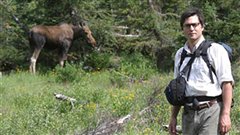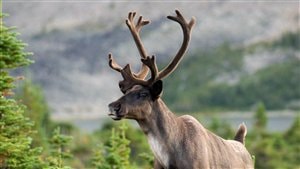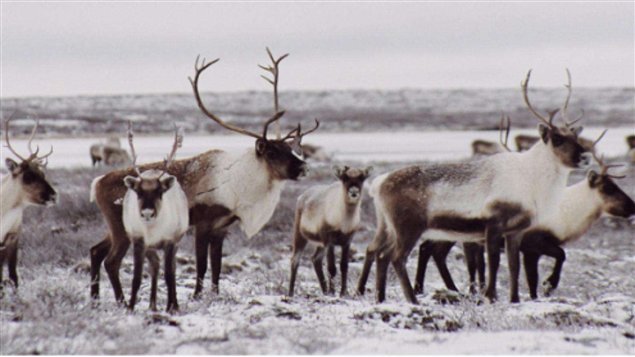If Santa Claus resides at the North Pole, and Canada hopes to claim the North Pole as part of its territory, then one wonders if Santa’s reindeer might not really be Canadian caribou.
New research shows a strong genetic connection between the reindeer of Europe and northern Asia and the caribou of Canada, especially northern Canada .
Marco Musiani is an evolutionary biologist and an associate professor in the Faculties of Environmental Design and Veterinary Medicine at the University of Calgary.
He is one of a team of 21 researchers from two continents who studied climate effects on genetics and population distribution of the species. The report was published this month in the journal Nature-Climate Change
ListenOther than slight differences within each of the many herds around the world, there’s not much physical difference between caribou and reindeer.

Some 21 000 years ago, two groups of “reindeer” diverged with one group roaming much of the far northern reaches of Eurasia, Greenland and North America with another group settling in more southerly and forested regions of North America.
With the ice age, the “Eurasia-Beringia” group migrated away from much of North America except Alaska, while the southerly North American group were pushed into a small isolated strip. Much of this North American population died, taking with them many DNA traits. This left the “woodland” caribou of the North America boreal region with differing and less varied genetics than the northerly group.
As the ice retreated, Alaskan reindeer recolonized large tracts of North America where they evolved over thousands of years into northern caribou retaining strong reindeer DNA.
There exists in the Rocky Mountain region a subgroup of caribou, called a “transition group” having a mixture of the woodland and northern caribou DNA.
Using DNA from animals collected throughout the species current ranges, the researchers paired climate data maps at one thousand year intervals for the past 21-thousand years showing areas suitable for caribou and compared it with “neutral markers” in caribou DNA to show the distribution of the two lineages over time.

The researchers were then also able to make predictions about the future and show that if greenhouse-gas emissions continue at current levels, caribou will lose up to 89% of their habitat by 2080.
Professor Musiani says the combined effects of development in the boreal region, combined with climate change will likely greatly reduce the numbers of woodland caribou, with some herds disappearing altogether.
He says the caribou are a “sentinel” or “indicator” species and their dwindling numbers are evidence of the entire ecosystem becoming out of balance.
Nature Climate Change-genetic diversity in Caribou and climate change
U Calgary; Marco Musiani (PhD) page
Government of Manitoba Woodland Caribou
related article Nature 2003: Rain kills Caribou







For reasons beyond our control, and for an undetermined period of time, our comment section is now closed. However, our social networks remain open to your contributions.